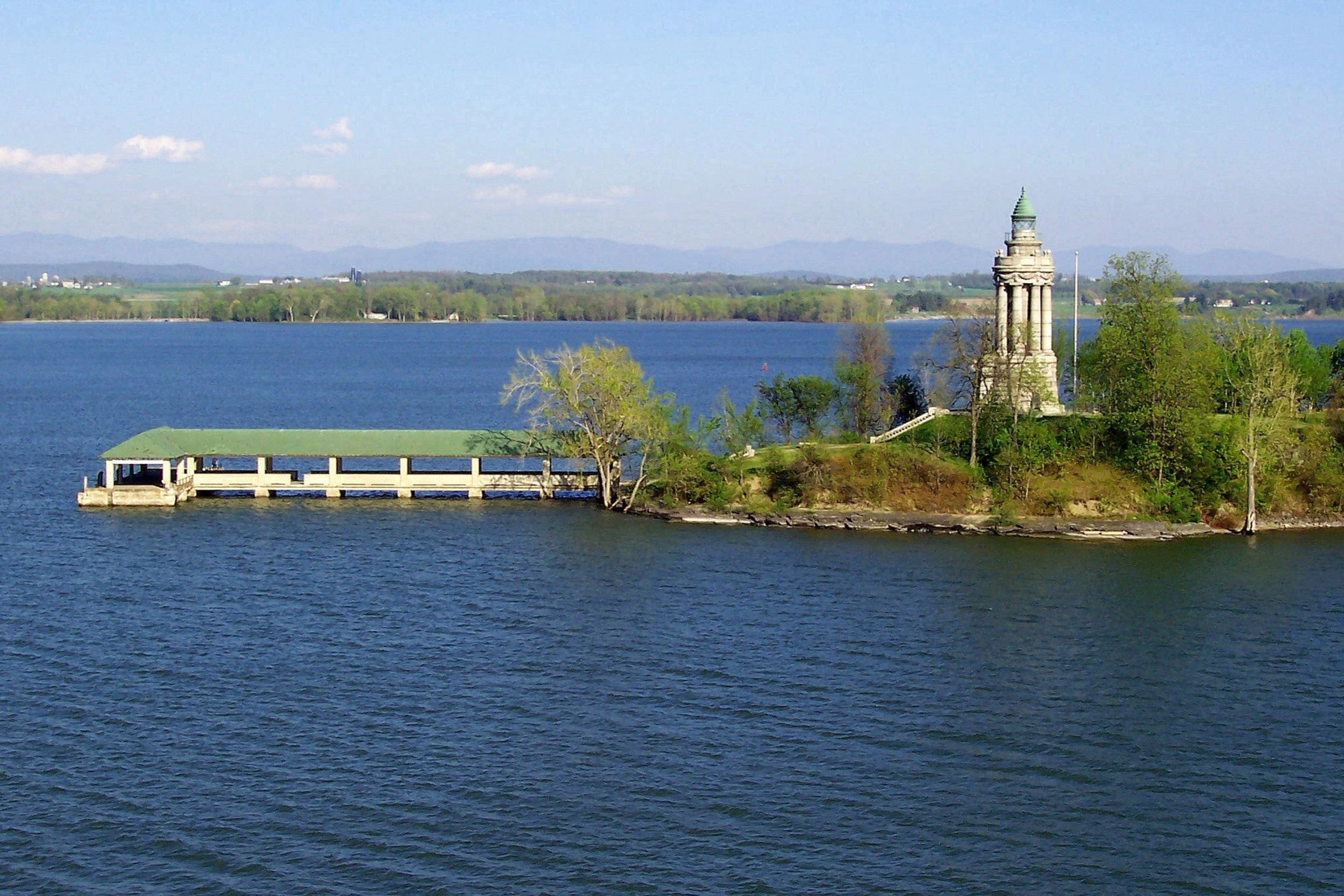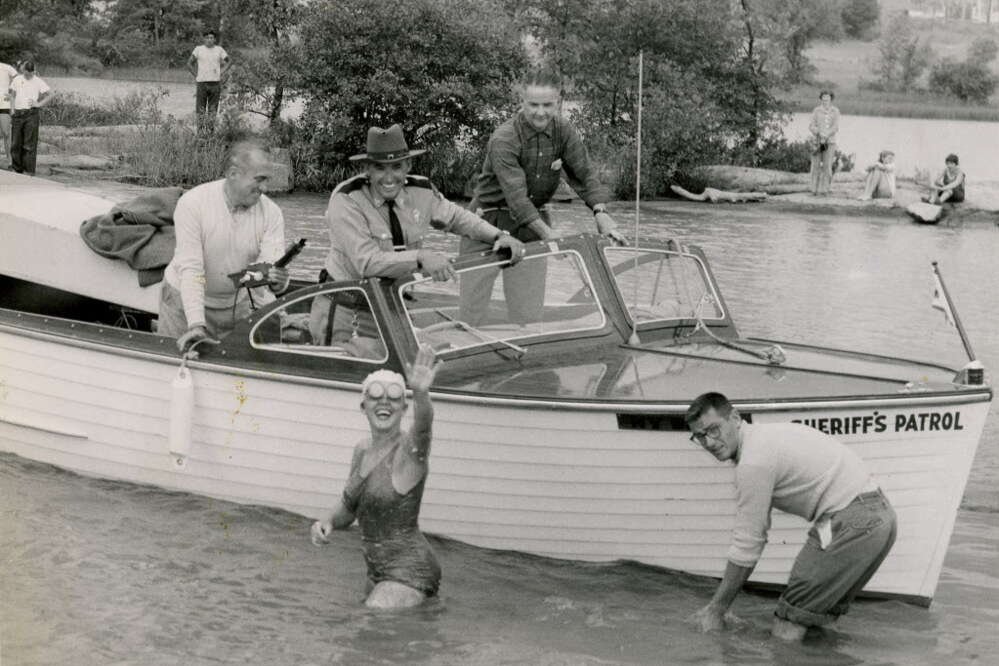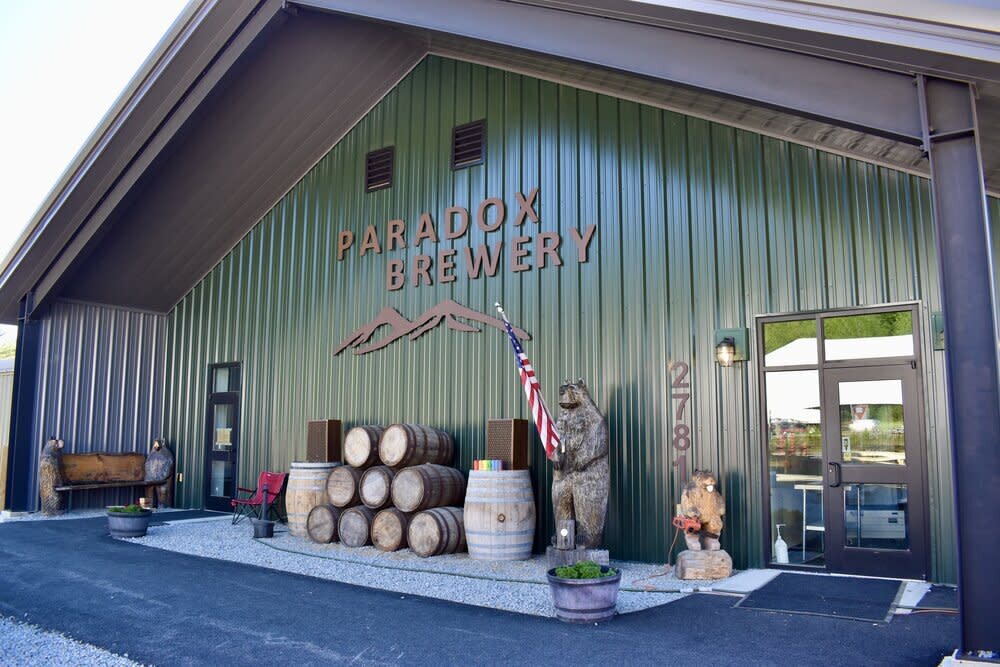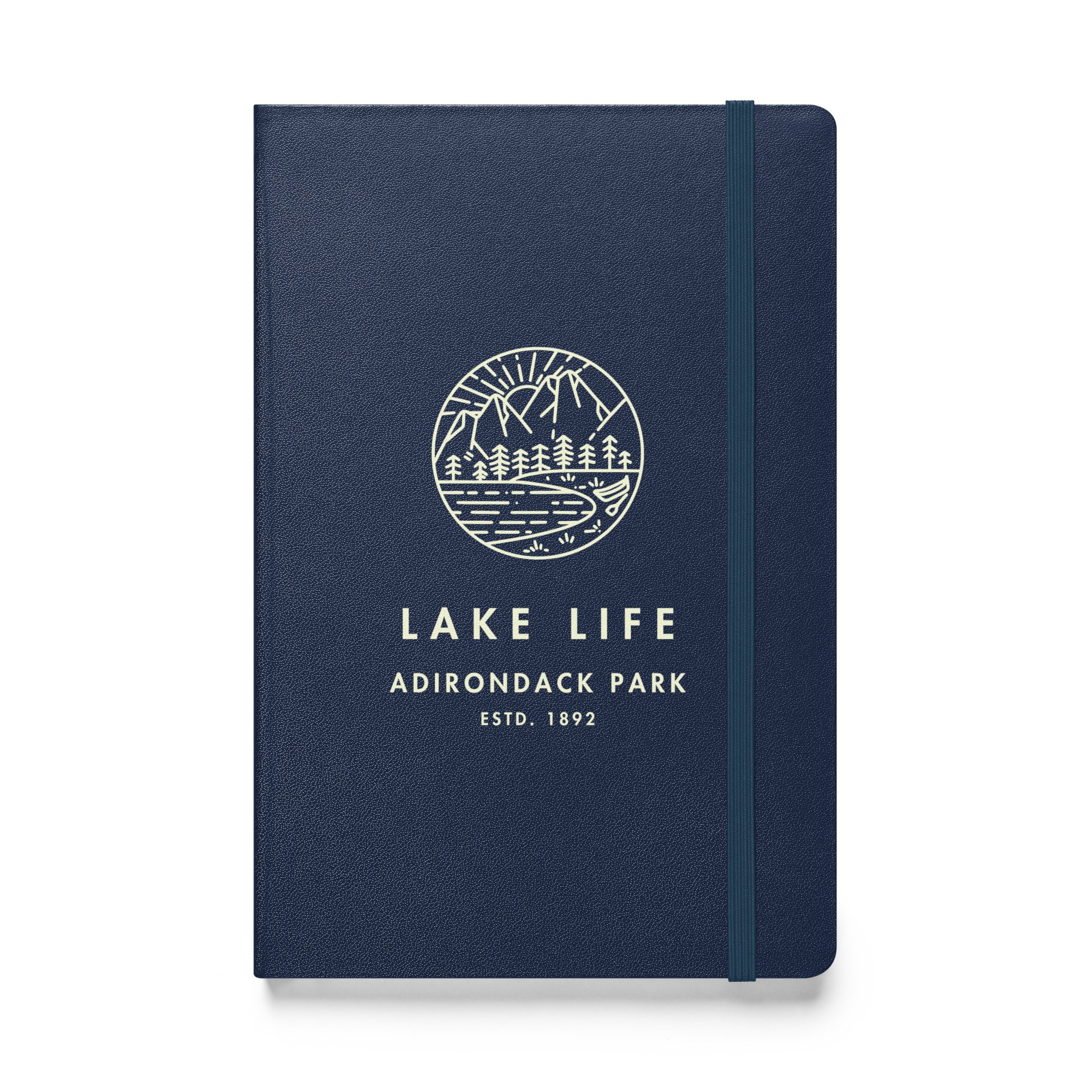Fort Ticonderoga in the Northeastern Adirondacks
Visit the site of America’s “first victory” in the Revolutionary War.
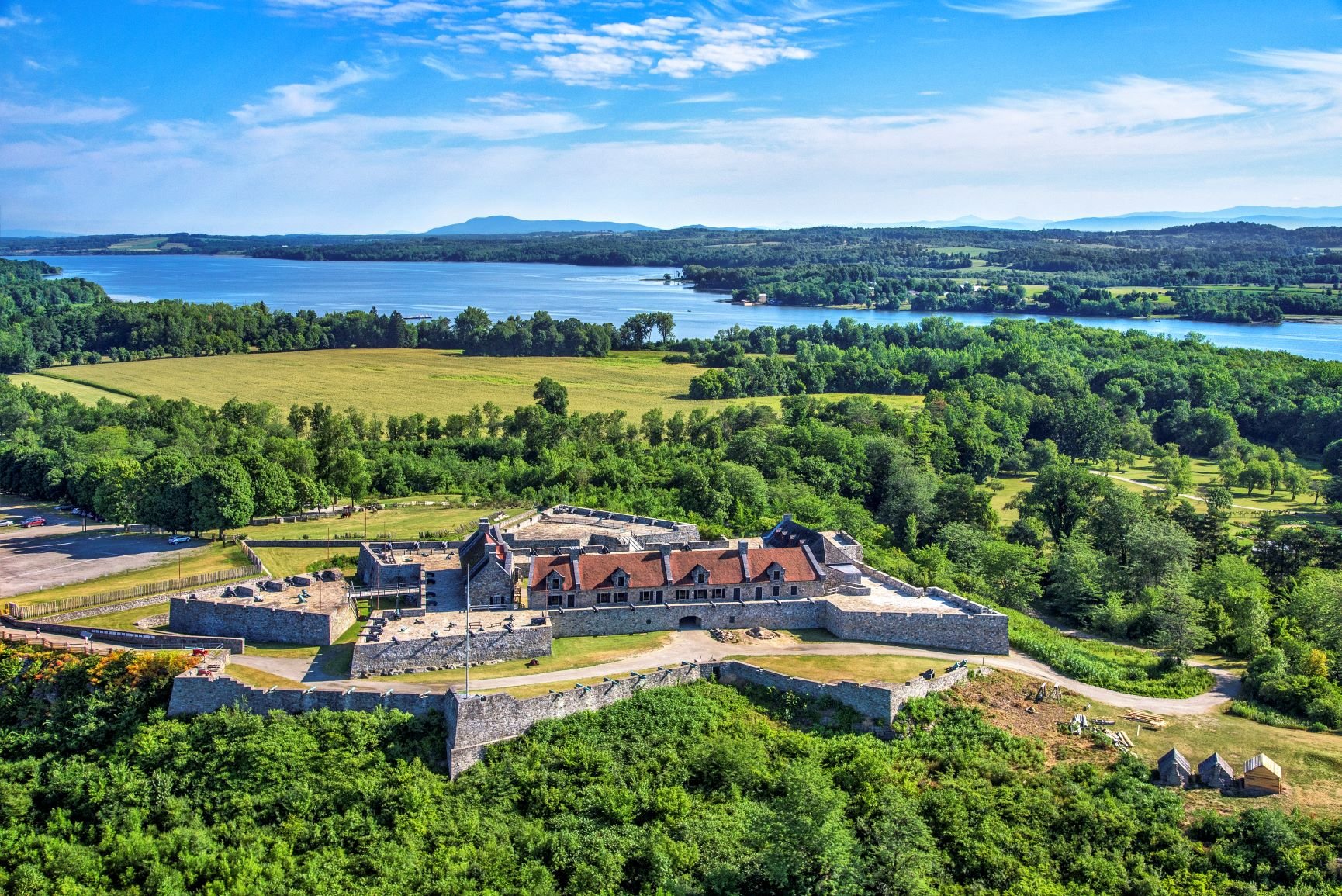
Photos courtesy of Fort Ticonderoga.
Historic Fort Ticonderoga sits at the southern end of Lake Champlain. Stretching North for nearly 125 miles, New York borders Lake Champlain to the west and Vermont to the east, and it crosses into the Canadian province of Quebec at its northern end.
A strategic location during America’s Colonial Era.
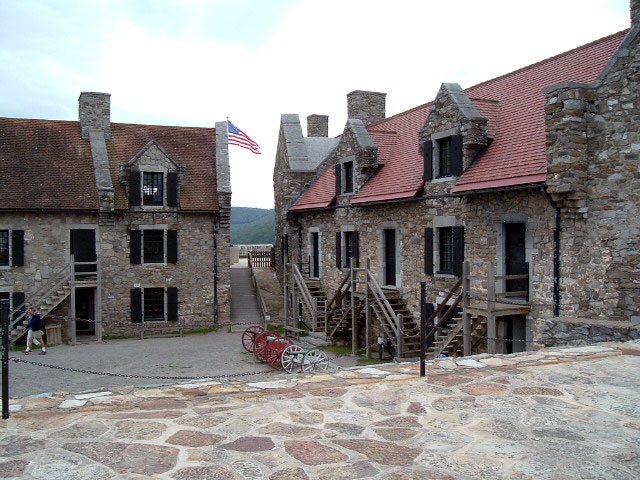
Fort Ticonderoga Barracks
In the 18th Century, Lake Champlain was an important trade route connecting New York to Canada. Cargo vessels would travel up the Hudson River from New York Harbor, and at Fort Edward, their goods could be transferred to Lake Champlain to be taken further north to Canada.
The French built the star-shaped Fort in 1755 and named it Fort Carillon. It included a bakery that produced over 60 loaves of bread each day because, of course, they’re French. We’re sure there was a cheese cave and wine cellar, too. During the French and Indian War, the British Army captured the Fort and renamed it Ticonderoga.
The site of America’s “first victory” in the Revolutionary War.
During the Revolutionary War, troops led by Ethan Allen and Benedict Arnold captured Fort Ticonderoga from the British May 10, 1775, in one of the first essential victories for the Americans. Many consider the seizure of Fort Ticonderoga "America's first victory" in the war, and the supplies captured from the Fort were essential in other offensive and defensive maneuvers.
For example, the American Patriots transported cannons and other equipment from the Fort to Boston to fortify Dorchester Heights. They used them to force the British to retreat, ending the Siege of Boston. You're welcome, Boston.
While the Brits eventually retook the Fort, they could not infringe further south and, in the decisive battle at Saratoga, were sent packing northward.
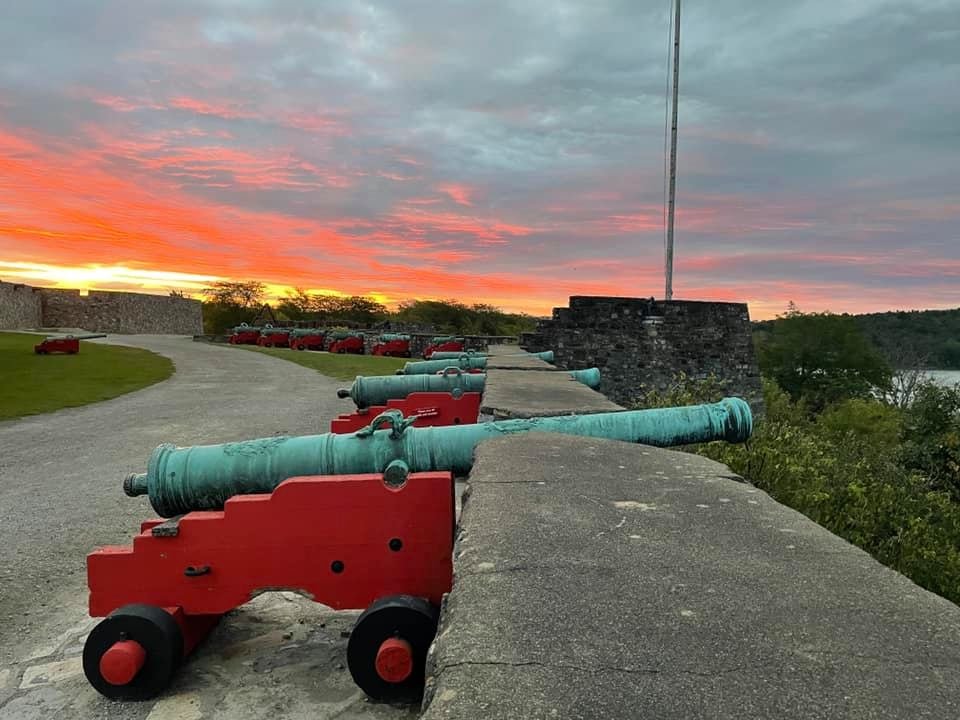
Cannons.
The Fort was pretty much abandoned after that. On our recent visit, we learned local townspeople used the Fort as a quarry for stone for their homes and buildings.
The property eventually fell into private ownership, and the grounds and surrounding areas served as a vacation home for many years. In 1909, visitors were allowed to tour what remained of the Fort, and since then, it has gone under extensive renovations.
A National Historic Landmark.
The U.S. Department of the Interior designated Fort Ticonderoga a National Historic Landmark. A private foundation operates and continues to restore the Fort to preserve this vital part of American History.
Visitors today can tour almost every part of the Fort and get a glimpse into what life was like when it was in operation. Historical interpreters staff the Fort and are available to answer questions.
In addition to touring the Fort, visitors can access the beautiful gardens on the property. They can also take a guided cruise on Lake Champlain, an excellent way to get another perspective of the Fort from the water.
Throughout the season, when the Fort is open, they host a full slate of special events, informative and interesting talks, festivals and other happenings that appeal to a wide audience. During the off-season, they frequently offer virtual educational events.
Check out their website for current hours and offerings.
Photos courtesy Fort Ticonderoga.
Great places to eat, shop, stay and things to do near Fort Ticonderoga.
Shop for cool merchandise and Adirondack gifts.









